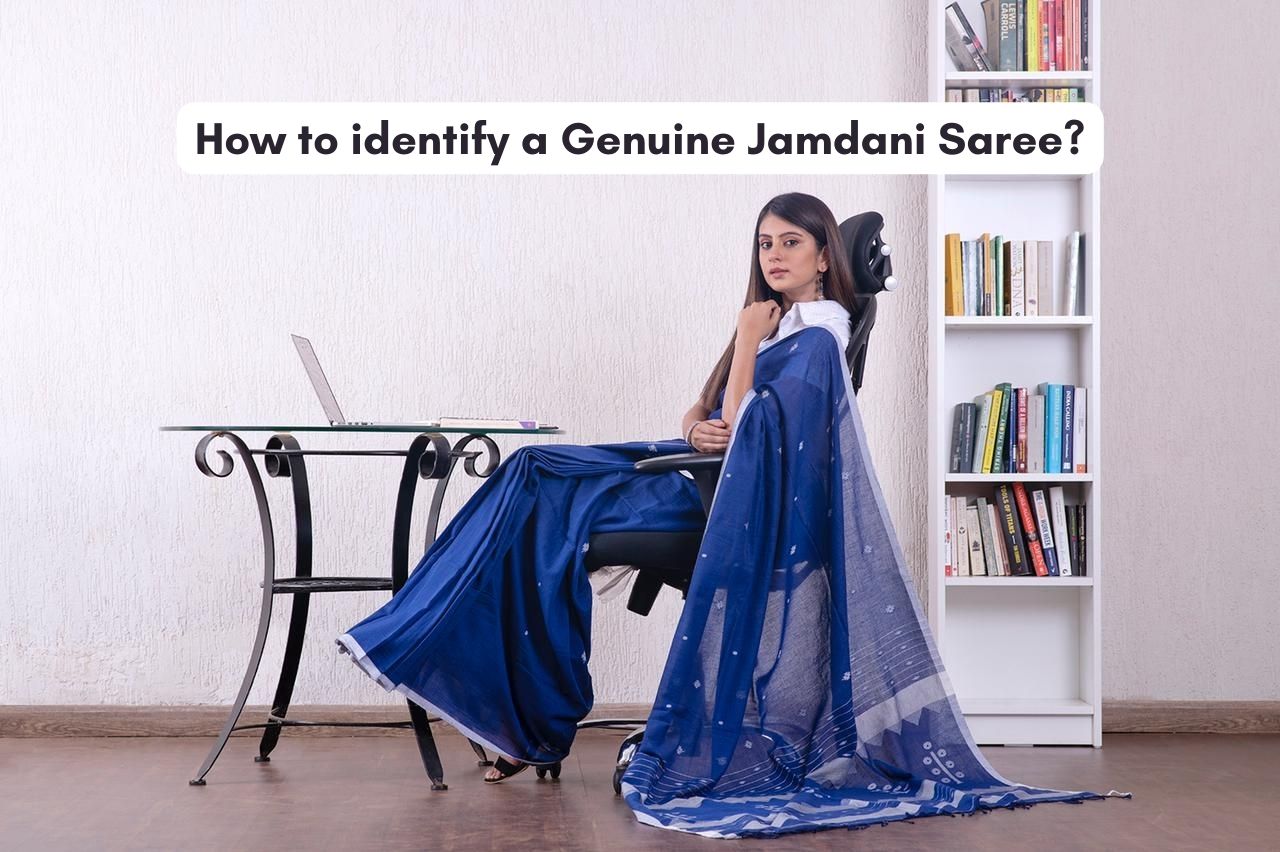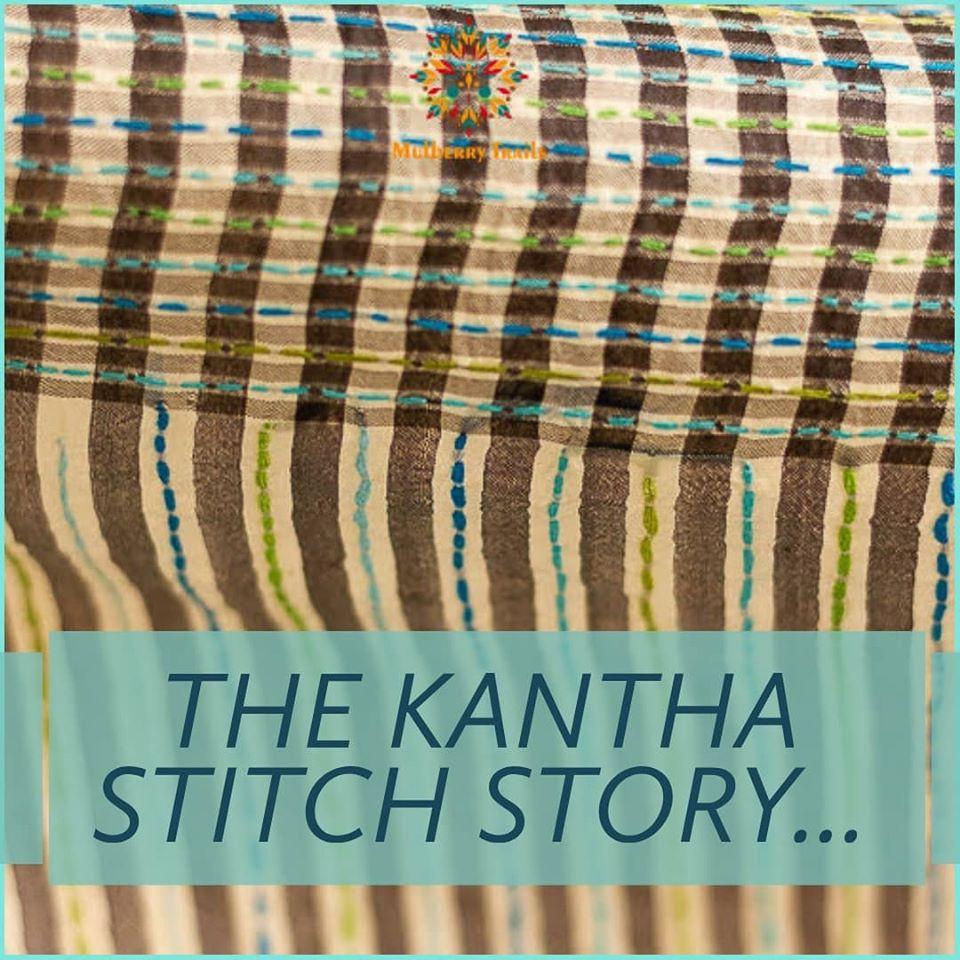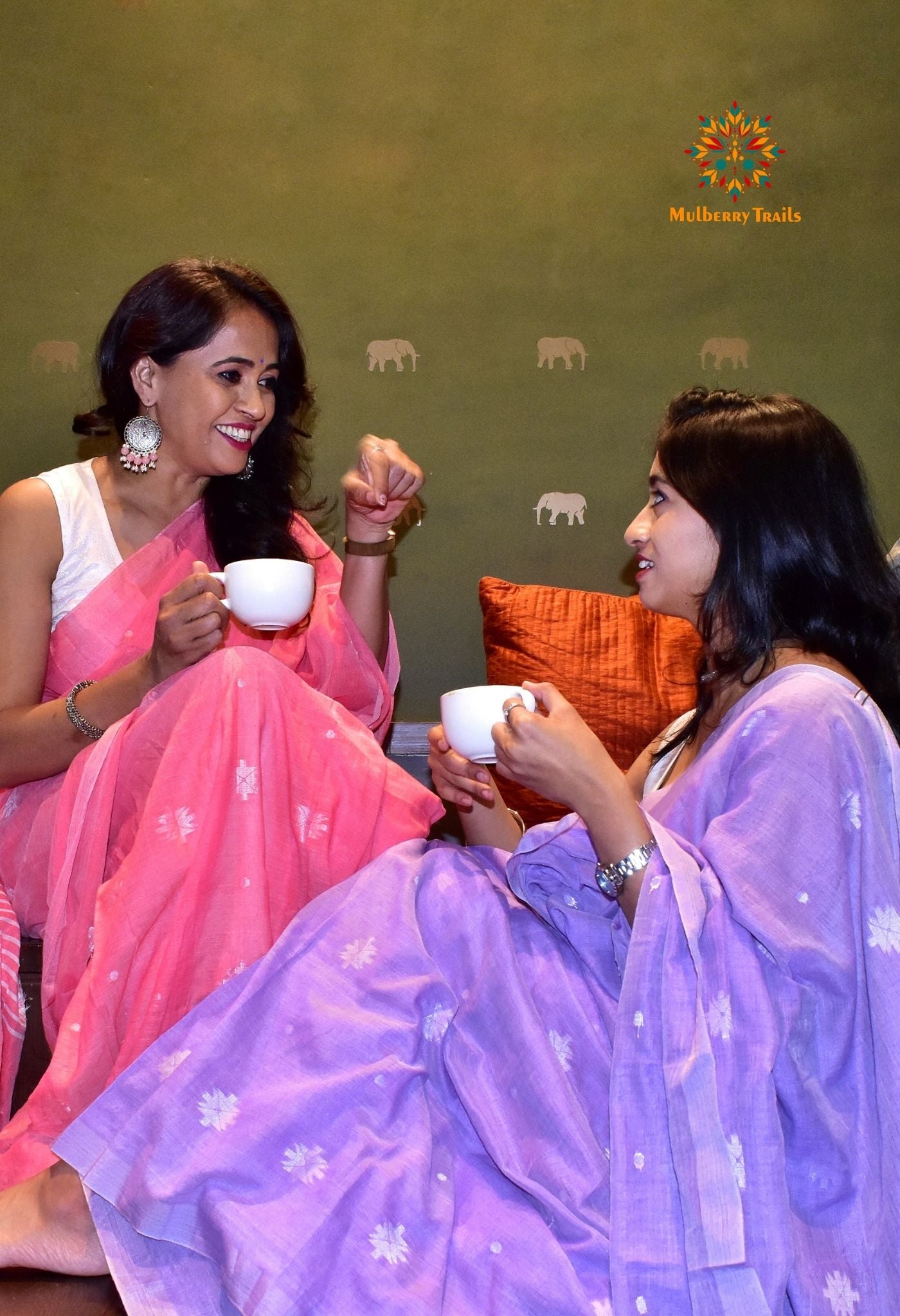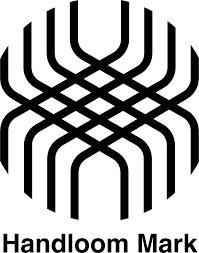
How to identify a Genuine Jamdani Saree?
Jamdani Sarees are famously known for being lightweight and comfortable. The soft sheer fabric and contrast intricate work truly showcases elegance.

Originated in Dhaka, Bangladesh the Jamdani weave is used and loved across the globe. Long ago, Jamdani weaving was practised on Muslin cloth. Very delicate and soft to touch, Muslin fabric is considered to be the ultimate luxury.
Although the plant which was originally used to create this cotton fabric became extinct almost a century ago, there have been attempts to create a similar fine cotton fabric with thread count above 300. Apart from Muslin, this weaving is now practised on fine cotton in Dhaka. These sarees are popularly known as Dhakai Jamdani Sarees. Dhaka carries GI tag for Dhakai Jamdani Sarees, hence only the sarees which have been woven into Dhaka, can be called as Dhakai Jamdani Sarees. Apart from Dhaka, this weaving style is practised across India. Phulia, West Bengal is one of the most popular weaving center of Jamdani sarees.

With rise in demand for these gorgeous looms, there is also a surge in handloom look-alike Jamdani Sarees. But these powerloom jamdani sarees aren’t genuine Jamdani sarees.
So how to identify a genuine handwoven Jamdani Saree?
Jamdani is a technique of weaving which uses supplementary or extra weft to create a motif. Each handwoven saree is made of warp and weft as shown here.

In Jamdani, apart from the first horizontal supplementary weft, an additional weft is introduced. This weft is then continued with weaving to create a pattern or motif along the weave, as seen here in the picture.

So if you reverse any handwoven Jamdani Saree, you will immediately see the turn of the supplementary weft. See some of these images to know the real handwoven jamdani sarees and compare these with powerloom woven Jamdani sarees.

Sometimes Jamdani weavers continue the supplementary weft along the entire length to create a pattern and then cut the excess thread with hand. This is called cutwork jamdani or extra weft weaving.
But even in cutwork jamdani, you will be able to see reverse turn of the thread along the edge of the motif or design. This is the sign that it is a handwoven saree.
Now, don’t get me wrong, I am not against powerloom Jamdani Sarees, They are comfortable
and affordable.but these shouldn’t be labelled as handwoven Jamdani as that would be an insult of the weaver who puts in days of hard labour and love into creating these intricate beauties.
So next time when you are shopping for Jamdani Sarees don't forget to turn over and check the weaving of Saree.







6 comments
Jamdani is always in cotton or do we get it in silk also
Neetu
Please post a pic of the back of a power loom jamdani to see the visual difference
Deepa Krishnan
What is the difference between the jamdani embroidery and manipuri stoles ( enaphi) and saree embroidery?
molina singh
It was by chance that I landed up your blog about “how to identify a genuine Jamdani saree”. Thank you for writing such a much needed piece. Education is the first step towards changing perception psecially towards such heritage crafts.
Ratnabali
Where to get these sarees in Hyderabad ?
Nirmala
good explanation to identify original Dhakai hand woven sarees. Thanks
Nirmala
Leave a comment
This site is protected by hCaptcha and the hCaptcha Privacy Policy and Terms of Service apply.